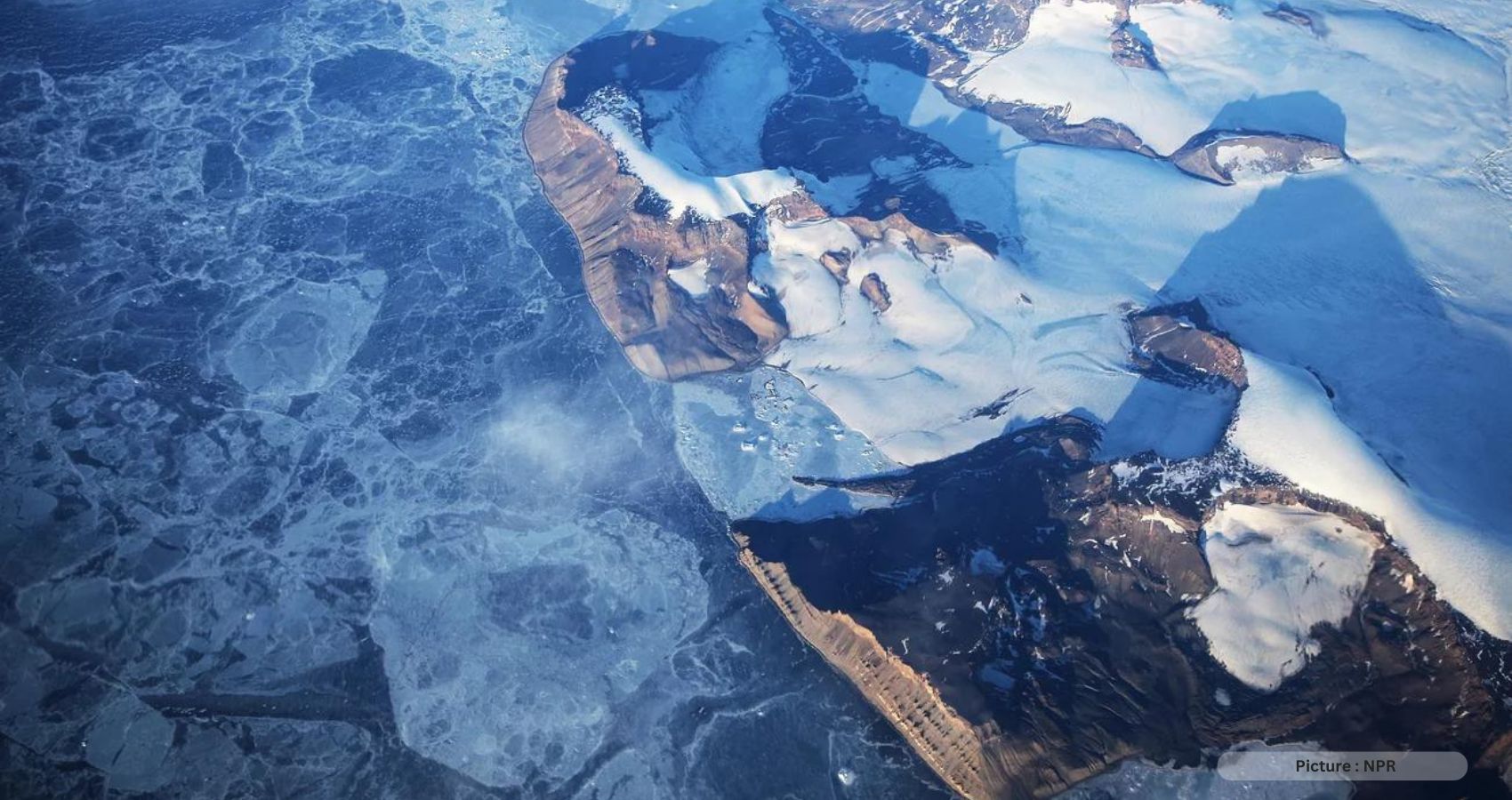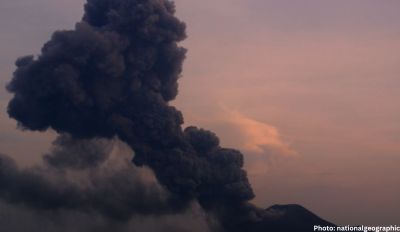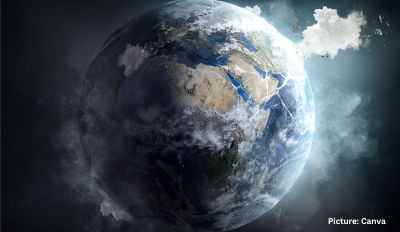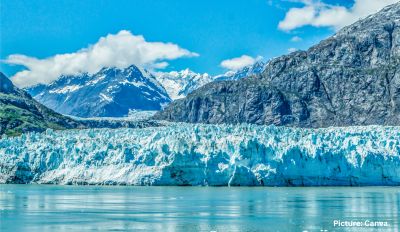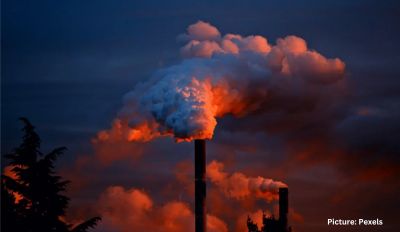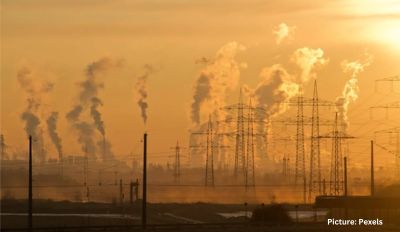A series of recent scientific analyses have brought to light the concerning state of Antarctica’s ice, raising alarm bells for humanity. From vanishing sea ice to the accelerated melting of the West Antarctic ice sheet and potential changes in East Antarctica, the implications for our world are profound.
First, let’s address the issue of sea ice. The sea ice around Antarctica experiences seasonal freezing during its winter, which occurs during the summer months in North America. However, due to the effects of climate change, the extent of this sea ice has been steadily decreasing. This year, the sea ice reached its smallest recorded extent since satellite tracking began in 1980. The diminished sea ice not only impacts Antarctica but also contributes to global sea-level rise through other mechanisms. Sea ice provides crucial protection for land-based glaciers and massive ice shelves, shielding them from storms and above-freezing ocean waters. Without this protective barrier, the ice on land melts faster, further exacerbating rising sea levels. Moreover, recovery is challenging, as exposed ocean water absorbs more heat than ice, hindering the refreezing process.
The National Snow and Ice Data Center’s analysis suggests a significant shift in the Antarctic sea ice system towards a regime influenced by warmer ocean waters, inhibiting ice growth. This change implies a difficult path for sea ice recovery after a year like this, as warmer waters prevent it from reforming effectively.
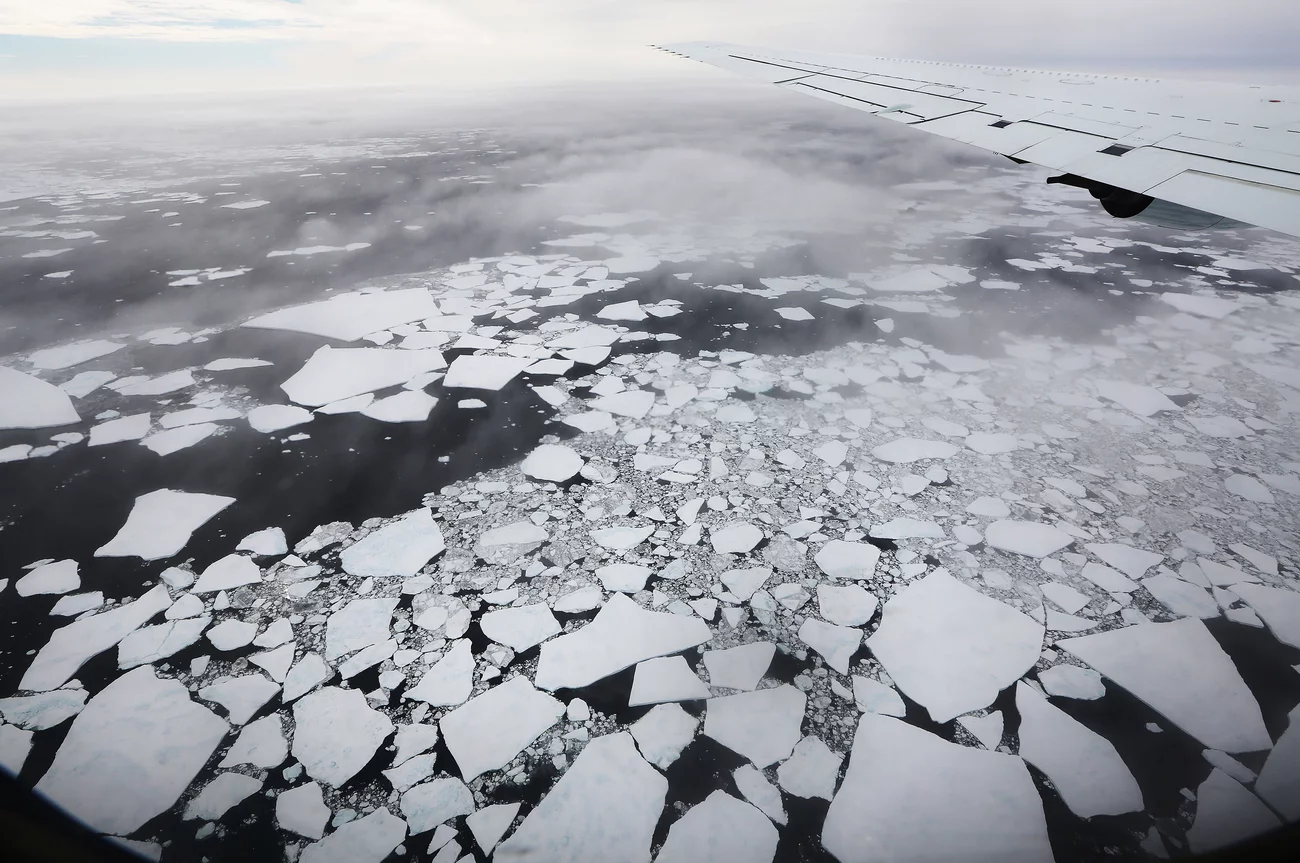
Beyond sea ice, the melting of Antarctica’s glaciers and ice shelves is an increasingly urgent concern. The West Antarctic ice shelf is the region most affected by climate change, with the potential to raise global sea levels by around 10 feet. Scientists have long warned that once ice loss begins in West Antarctica, it could become unstoppable within a human lifetime. Recent research indicates that the runaway melting process has already commenced, with the rate of ice melt and ocean warming in crucial areas of West Antarctica now three times higher than in the 20th century. Alarming as it is, even immediate and drastic reductions in greenhouse gas emissions would have little impact on slowing the melting rate in this region for the rest of this century. The situation appears to be spiraling beyond human control.
Kaitlin Naughten of the British Antarctic Survey emphasizes that while efforts today may not yield immediate results, they can make a difference for future generations, although substantial changes may only become apparent in the 22nd century. Despite the grim outlook, the research doesn’t predict the complete collapse of the West Antarctic ice shelf within the next century. There remains hope in protecting the East Antarctic ice sheet, a much larger and, currently, more stable counterpart. This part of Antarctica is believed to remain relatively secure for the next century.
However, a separate study published in Science Advances introduces a caveat to this optimism. It suggests that massive glaciers in East Antarctica might also melt faster than previously anticipated, as warm ocean water mixes with meltwater beneath the ice. While East Antarctica is expected to retain its stability for a century or more, this discovery raises concerns about the potential implications for the disintegration of West Antarctic glaciers.
Collectively, these findings create a bleak picture of a continent poised to drive significant sea level rise in the coming decades. The repercussions could be catastrophic for our planet if we don’t transition away from fossil fuels more rapidly. Some U.S. cities are already preparing for several feet of sea level rise this century, considering the predictions by the National Oceanic and Atmospheric Administration, which already account for Antarctic melting. The loss of ice in West Antarctica disproportionately affects sea level rise on the East and Gulf Coasts of the United States, influenced by complex ocean currents and ice dynamics.
In this context, courageous actions entail both emission reductions and comprehensive adaptation strategies. Simply cutting emissions is insufficient on its own, and forward-thinking planning is essential to mitigate human suffering and save lives. It’s imperative that we confront the profound challenges posed by Antarctica’s changing ice, as the consequences reach our very doorstep.

